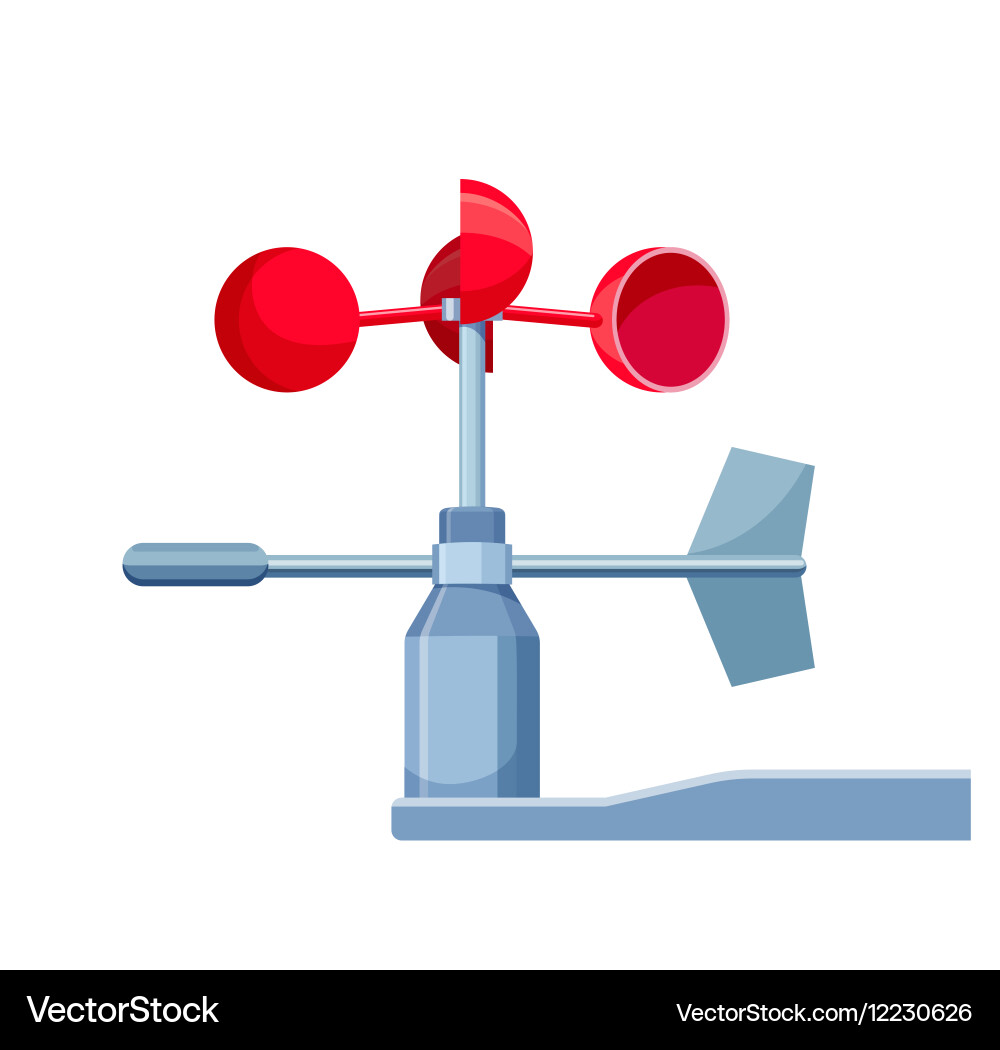Choosing the Right Anemometer: A Comprehensive Acquiring Overview
Choosing the Right Anemometer: A Comprehensive Acquiring Overview
Blog Article
All You Need to Know Regarding Anemometers: Just How They Function, Why They Issue, and Where to Make use of Them
Anemometers, though typically ignored in the realm of scientific instruments, play a critical function in numerous fields, using useful insights right into wind rate and air flow patterns. Recognizing the auto mechanics behind these tools is necessary for anyone looking for to harness the power of this information. From meteorologists tracking weather patterns to engineers making structures with wind lots in mind, the applications of anemometers are diverse and significant. As we explore the intricacies of anemometer modern technology, we will certainly reveal the internal operations of these gadgets, their value, and the key factors to consider when picking the right anemometer for specific applications.

Anemometer Fundamentals
An essential instrument utilized to measure wind rate and direction, the anemometer plays an essential role in meteorology and numerous markets. An anemometer generally is composed of 3 or 4 cups that rotate in the wind, a vane that points right into the wind, and sensors to track the turnings or movements.
There are different types of anemometers offered, consisting of cup anemometers, vane anemometers, hot-wire anemometers, and sonic anemometers, each with its unique functions and applications. Cup anemometers are frequently made use of for standard wind speed dimensions, while vane anemometers are chosen for directional measurements.
Principles of Anemometer Operation
Building on the foundational understanding of anemometer essentials, the concepts of anemometer operation elucidate the mechanics behind wind speed and instructions measurements. Cup anemometers, for instance, have 3 or even more mugs that record the wind, triggering them to rotate faster as the wind rate boosts. Hot-wire anemometers rely on a warmed cord that cools down as wind passes over it, with the rate of cooling identifying the wind rate.
Significance of Anemometers
The value of anemometers in weather forecasting and numerous sectors can not be overemphasized. Anemometers play a critical role in measuring wind rate and instructions, offering vital data for climate forecasting, climate researches, ecological tracking, and aviation operations. Meteorologists rely upon anemometers to collect exact wind data, aiding them understand climate patterns, predict tornados, and issue timely warnings to the public. In markets such as building, agriculture, eco-friendly power, and maritime procedures, anemometers are used to maximize processes, guarantee safety and security, and enhance efficiency. Wind farm drivers make use of anemometers to analyze wind problems and make the most of electrical energy manufacturing from wind generators. In the maritime market, anemometers help ship navigation by giving real-time wind information to captains, aiding them make notified decisions to guarantee risk-free voyages. In general, anemometers are indispensable devices that add dramatically to safety, performance, and notified decision-making in weather forecasting and a wide variety of industries.
Applications Throughout Various Industries
In the eco-friendly power market, anemometers play an essential function in analyzing wind problems for wind farm placements, guaranteeing optimum energy manufacturing. Industries like building and mining make use of anemometers to keep track of wind speeds, critical for safety and security protocols, specifically when working at elevations or in open-pit mines where solid winds can present hazards. In agriculture, anemometers aid farmers in taking care of crop splashing by offering real-time information on wind speed to avoid drift.

Choosing the Right Anemometer for Your Requirements
Selecting the proper anemometer customized to your details requirements is important for getting exact wind speed and instructions measurements. When selecting an anemometer, consider factors such as the intended application, required dimension variety, environmental problems, and wanted attributes. For basic purposes, a mug anemometer is ideal for determining wind speed, while a vane anemometer offers anonymous wind instructions data. Hot-wire anemometers are suitable for reduced airspeed dimensions, and ultrasonic anemometers use high accuracy and durability.

Conclusion
In conclusion, anemometers play an important duty in measuring wind speed and direction throughout various markets. It is essential to think about the importance of anemometers in order to make enlightened choices when picking over at this website the most appropriate gadget for gauging wind conditions.
There are various types of anemometers available, including cup anemometers, vane anemometers, hot-wire anemometers, and sonic anemometers, each with its distinct features and applications. Cup anemometers are commonly utilized for fundamental wind rate dimensions, while vane anemometers are favored for directional measurements. Hot-wire anemometers are suitable for low airspeeds, and sonic anemometers are optimal for high-precision measurements in research study and commercial setups.Structure on the foundational understanding of anemometer essentials, the principles of anemometer procedure elucidate the mechanics behind wind speed and instructions measurements. For general objectives, a mug anemometer is appropriate for measuring wind rate, while a vane anemometer provides wind instructions information.
Report this page